Nestled on the edge of the Thar Desert, Jodhpur stands as a vibrant testament to Rajasthan’s regal past and enduring cultural heritage. Often called the “Blue City” for its sea of indigo-painted houses, Jodhpur is a mesmerizing blend of history, architecture, tradition, and hospitality. From its imposing forts and palaces to bustling bazaars and distinctive cuisine, the city offers an immersive experience for every traveler. Let’s take a deep dive into what makes Jodhpur famous and why it remains a crown jewel in India’s cultural landscape.
1. Mehrangarh Fort: The Crown Jewel of Jodhpur

Mehrangarh Fort, towering 400 feet above the city, is one of the largest and most magnificent forts in India. This 15th-century architectural wonder was built by Rao Jodha, the founder of Jodhpur, and stands as a testament to Rajputana grandeur.
With intricately carved windows, expansive courtyards, and galleries displaying Rajput weaponry, palanquins, and costumes, the fort is a historian’s delight. The views of the blue houses from the ramparts are a sight to behold and explain why the city earned its nickname.
2. The Blue Houses of Old City

As you walk through the old city, you’ll notice a sea of blue-painted homes surrounding the fort. There are many theories about this tradition — some believe it repels heat, others say it wards off termites, and a few claim it denoted homes of Brahmins. Whatever the reason, the blue houses of Jodhpur give the city its unique identity and postcard-perfect views.
These lanes are not just charming for their color but also for their architecture — carved jharokhas, ornate doors, and centuries-old homes.
3. Umaid Bhawan Palace: A Royal Residence
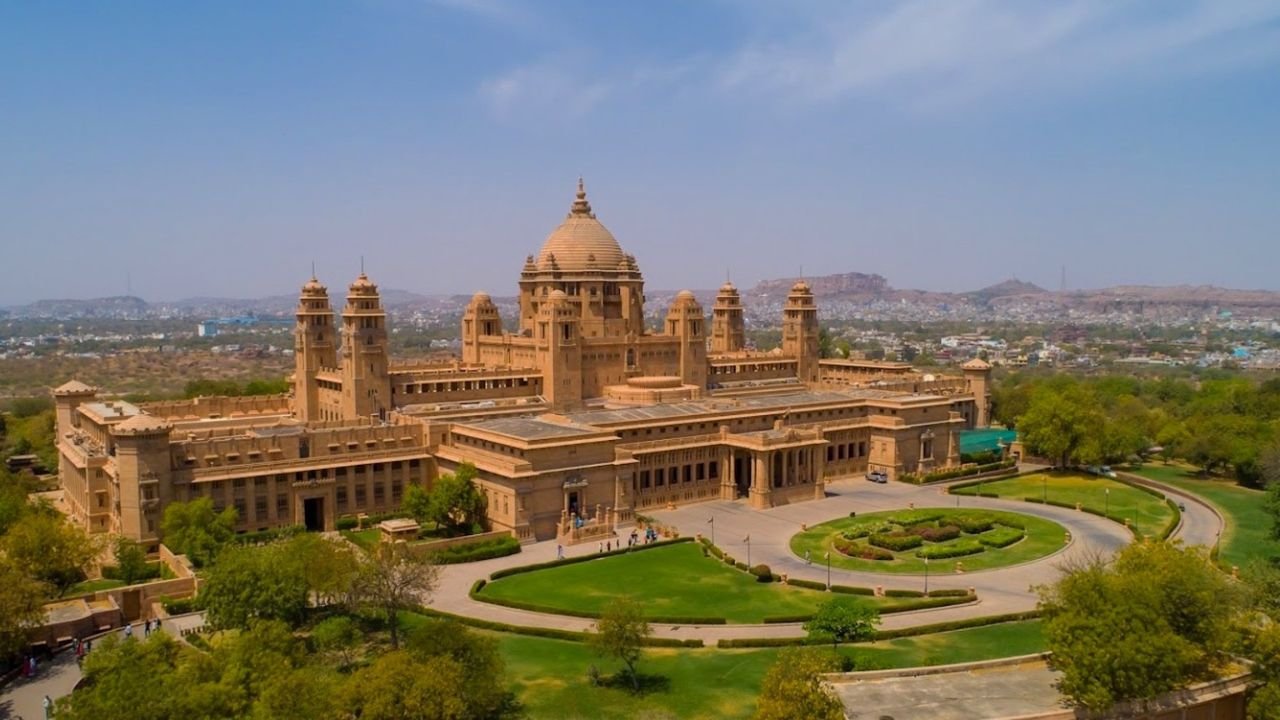
One of the world’s largest private residences, Umaid Bhawan Palace is another feather in Jodhpur’s cap. Built between 1929 and 1943 during a famine to provide employment, this architectural masterpiece blends Indo-Deco and Renaissance styles.
Today, it serves three purposes: a luxury hotel run by the Taj Group, a museum showcasing royal memorabilia, and the residence of the Jodhpur royal family.
4. Jaswant Thada: The Marble Marvel
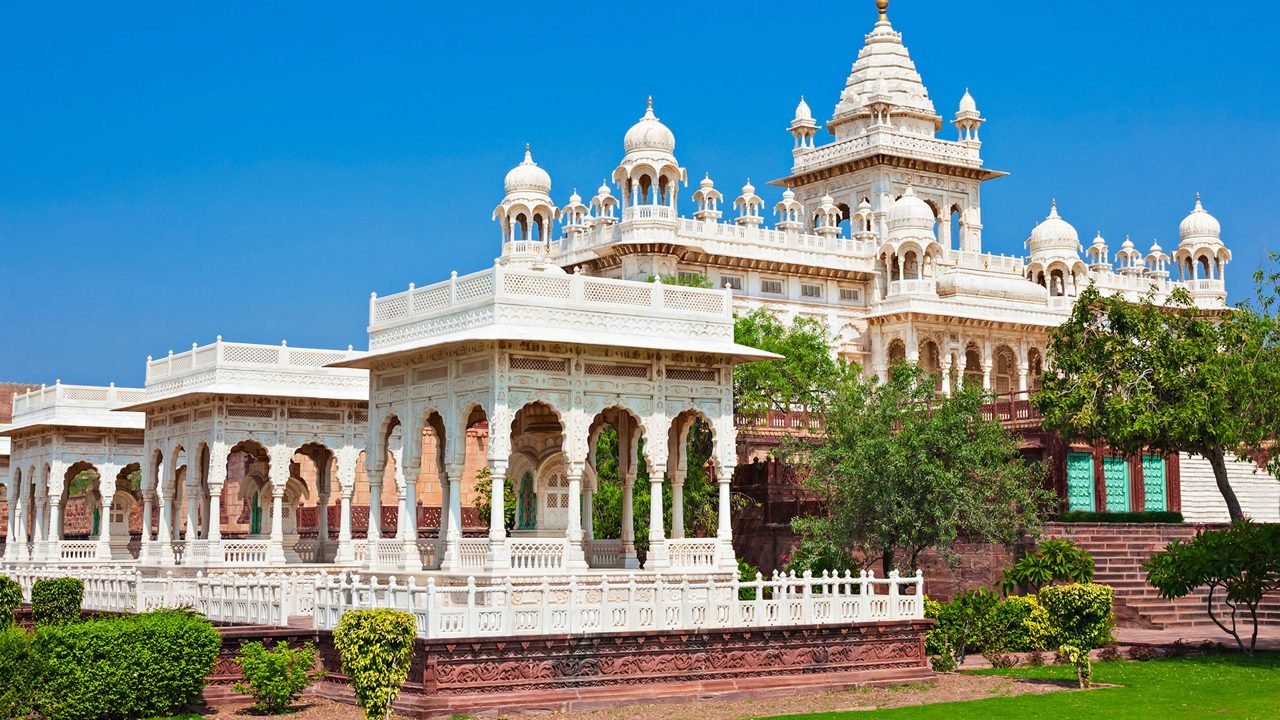
Situated near Mehrangarh Fort, Jaswant Thada is a serene white marble cenotaph built in memory of Maharaja Jaswant Singh II. Known as the Taj Mahal of Marwar, it’s surrounded by lush gardens, a small lake, and offers a peaceful escape with panoramic views of the fort and city.
Its intricate carvings and peaceful aura make it a must-visit spot for architecture lovers and photographers.
5. Traditional Rajasthani Cuisine

Jodhpur is a haven for food lovers. The city’s cuisine reflects its rich culture and desert roots. Some must-try dishes include:
-
Dal Baati Churma – A classic Rajasthani dish
-
Mirchi Bada – A spicy chili snack unique to Jodhpur
-
Mawa Kachori – A sweet delicacy soaked in sugar syrup
-
Gulab Jamun ki Sabzi – A surprisingly savory twist on the sweet
Local eateries and traditional kitchens offer an authentic taste of Marwari cuisine, rich in flavor, spices, and heritage.
6. Sardar Market and Clock Tower

For those who love shopping and cultural immersion, Sardar Market, located near the Clock Tower, is the ideal place. This bustling bazaar is full of color, smells, and sounds that capture the essence of Jodhpur.
Here, you can shop for:
-
Handicrafts
-
Mojari footwear
-
Bandhej sarees and turbans
-
Spices and teas
-
Antiques and souvenirs
The market is a perfect blend of tradition and commerce, offering a glimpse into everyday life in Jodhpur.
7. Marwari Culture and Festivals

Jodhpur is a cultural heartland of Marwar, and its traditions are preserved through festivals, music, dance, and local customs. The Marwar Festival, held annually, celebrates Rajput valor and culture through folk performances, camel tattoo shows, and traditional dress displays.
Other celebrated festivals include:
-
Navratri and Dussehra
-
Diwali
-
Gangaur
-
Holi with a Rajasthani touch
These festivals light up the city and offer tourists an immersive experience into Rajasthani culture.
8. Desert Landscapes and Camel Safaris

Jodhpur is the gateway to the Thar Desert, and many visitors choose to explore the nearby Osian village, which offers desert safaris, camel rides, and overnight camps under the stars.
Osian is also known for its ancient temples, especially the Sachiya Mata Temple and Jain temples dating back to the 8th century.
9. Handicrafts and Artistry

Jodhpur is world-renowned for its traditional crafts and wooden furniture, especially the antique-style carvings and iron work. You’ll also find bandhani fabrics, leather goods, and metal art that are crafted by skilled local artisans.
The city has earned global recognition for exporting handcrafted furniture and textiles, especially in the Shilpgram and surrounding craft villages.
10. Stepwells and Hidden Architecture
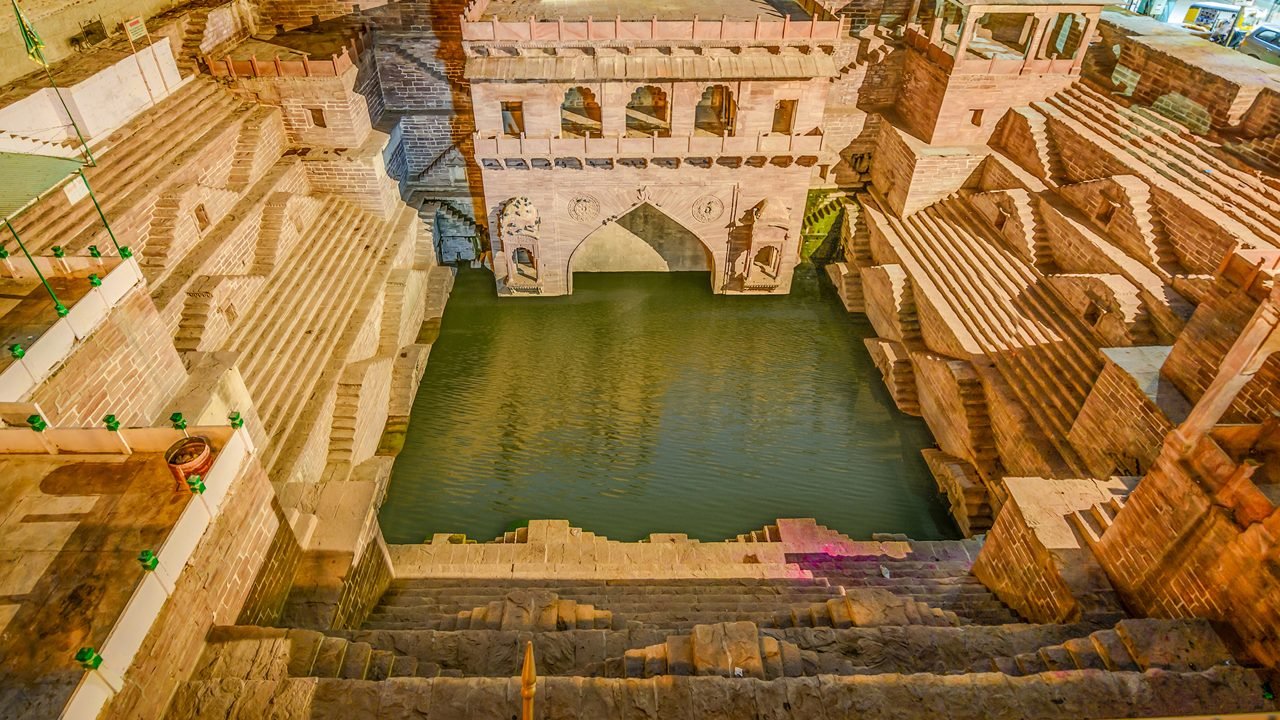
Among the lesser-known but fascinating attractions are Jodhpur’s stepwells, particularly the Toorji Ka Jhalra. Restored in recent years, this 18th-century stepwell is now a charming gathering place, surrounded by cafés and boutique shops. These ancient water reservoirs are a remarkable example of engineering and urban design from bygone eras.
Final Thoughts
So, what is Jodhpur famous for? It’s the soul of royal Rajasthan, a city where history lives on through forts, palaces, food, and people. Whether you’re an architecture buff, a culture enthusiast, a foodie, or an offbeat traveler, Jodhpur offers something unforgettable.
Its charm lies not just in its monuments, but in the rhythm of daily life — the aroma of spices in local kitchens, the vivid colors of Bandhani in the market, the melodies of Rajasthani folk songs echoing through sandstone lanes.
Jodhpur is more than just a destination; it’s a timeless experience that lingers long after the trip ends.
Planning a trip to Jodhpur soon? Don’t forget to explore nearby gems like Mandore Gardens, Rao Jodha Desert Rock Park, and the Bishnoi Village Safari for a more wholesome experience.
Whether you’re a solo traveler, a history buff, or a cultural explorer, Jodhpur is sure to leave you in awe with its heritage and heart.
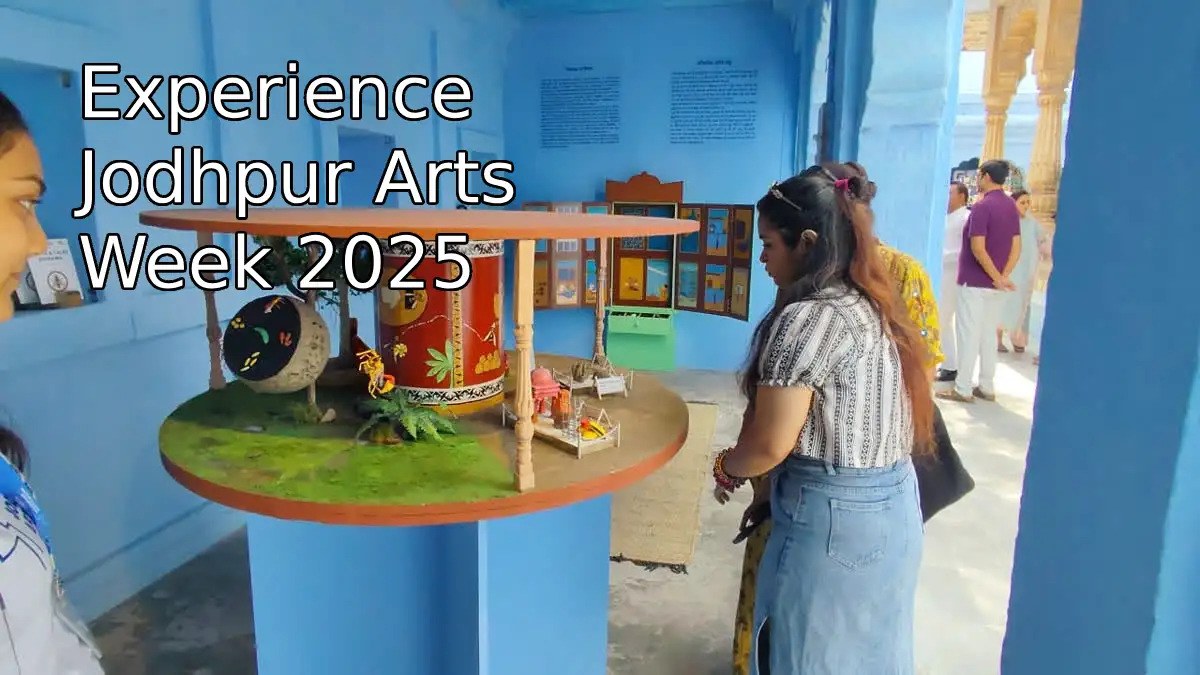

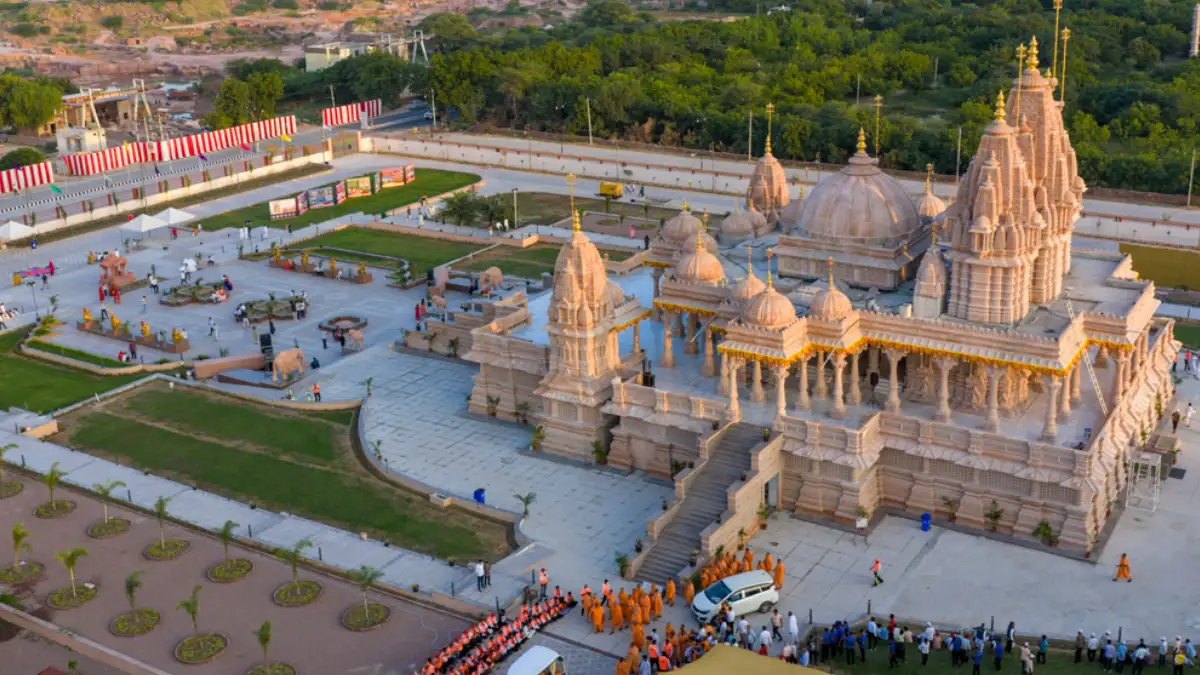


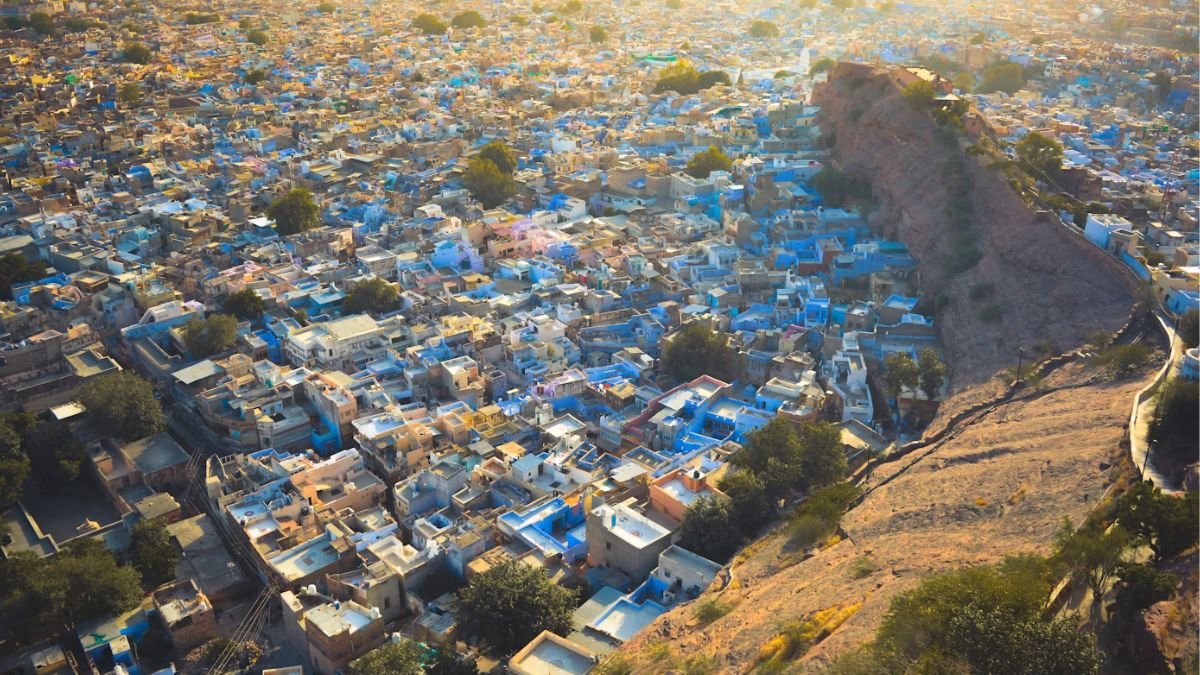
Great knowledge,
Thanks